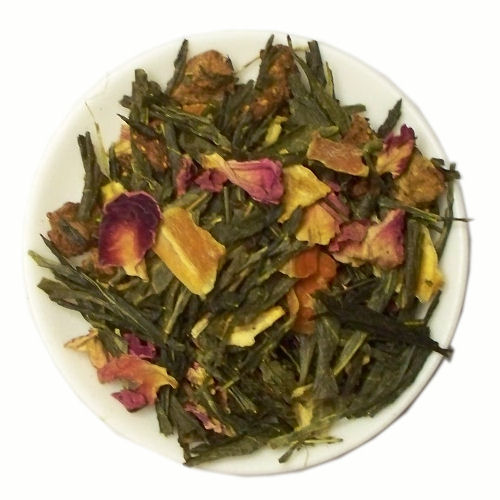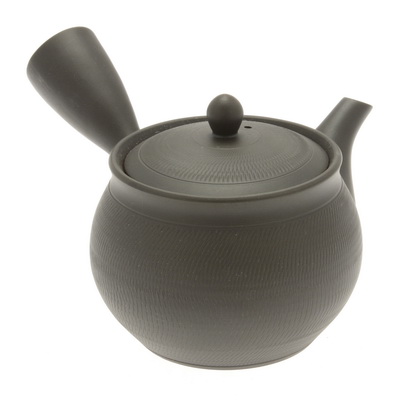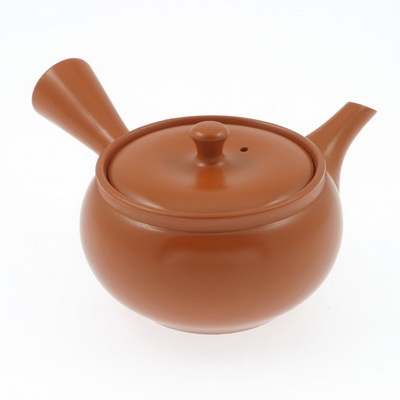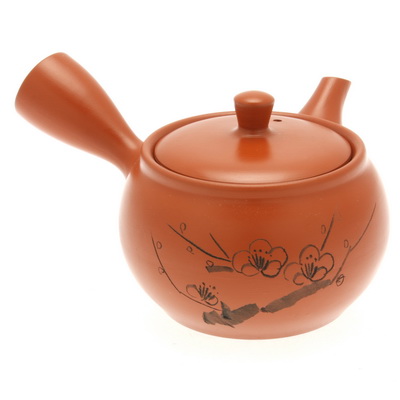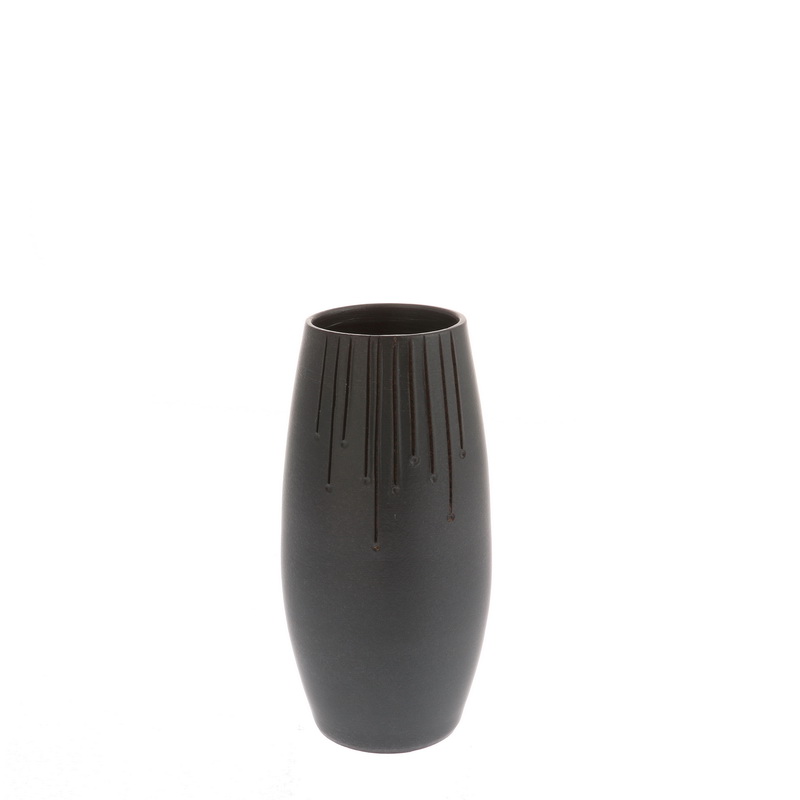There have been kilns in use in Tokoname (Aichi Prefecture) possibly since the later stages of the Heian period. Ancient kilns have been discovered all over Japan, but the number of kilns counted in Tokoname are over 3000, more than any other area of Japan. One of the Six Old Kilns, they are believed to be the oldest kilns in the history of Japanese ceramics, and although there were several other areas in Japan which specialized in ceramics at the time, none of them could compare to Tokoname's number of kilns and quality
products. Throughout its 900-year history, Tokoname wares have adapted to the ever changing needs of the marketplace, from urns to ceramic pipes, although it is most well known for its reddish teapots and teawares.
Tokoname-yaki was first produced as urns for Buddhist sutras during the Nara period (710-794), but it was during the Muromachi (1338-1573) and Edo (1603-1867) periods when Tokoname became known for its tea ware items. Much like Banko-yaki, Tokoname clay is very fine and allows for intricate designs.
Redware teapots are famous as typical Tokoname ware, so that one remembers red-brown teapots immediately when one hears the name of Tokoname. It was relatively earlier in the history of Tokoname ceramics that redware was introduced. It was during the period from 1861 to 1864. Tea ware for green tea like teapots had been produced since the early 19th century in Tokoname following the popularity of the custom of green tea drinking from the late Edo era. Typical tea ware during this period was redware produced in China. Mr. Jyumon Sugie and Nikou Kataoka started to make redware for the first time in Tokoname.
Tokoname redware was made by the clay from rice fields which contained an abundance of iron. This clay gave the ware a rich deep red color after firing. Producing redware drastically changed Tokoname's ceramic industry. Potters who specialize in making redware teapots appeared in addition to those who had made conventional large products such as jars and pots. Important to the development of Tokoname ceramics was a Chinese potter Jin Shi Heng who was invited to teach Chinese teapot making technique to Tokoname potters in 1878. This greatly helped the rapid development of redware teapots. The clay is also very fine grained so that it shrinks very little during firing, thus permitting artists to carve intricate designs in the clay. The technique of carving small letters on teapots started from the time Jin Shi Heng came to Tokoname.
- Categories
-
Rare Teas: Gourmet Loose Tea
- Green Teas
- White Teas
- Yellow Teas
- Jasmine & Floral Teas
- Oolong Teas
- Black Teas
- Purple Teas
- Pu-erh Teas
- Organic Teas
- Display Teas
- Blended Teas
- Herbal Teas
- Decaffeinated Teas
- Teapots
- Tea Accessories
- Lacquerware
- Dinnerware
- Ikebana & Gardening Supplies
- Sake Sets
-
Inspired Gifts
- 2019 - Year of the Boar
- 2018 - Year of the Dog
- 2017 - Year of the Rooster
- 2016 - Year of the Monkey
- 2015 - Year of the Ram
- 2014 - Year of the Horse
- 2013 - Year of the Snake
- 2012 - Year of the Dragon
- Artist Hajime Okamoto
- Chinese Astrology
- Chojyu Giga
- Gift Sets
- Incense Gift Sets
- Kabuto - Samurai Helmet
- Magnet Sets
- Omamori (Amulets)
- Sushi Sets
- Tosa Handcrafted Iron
- Gods & Goddesses
- Table Top
- Japanese Textiles
- Soap, Body Powder & Sachet
- Gourmet Foods
- Gift Certificates
- Explore
-
Rare Teas: Gourmet Loose Tea
- Information
- Contact Us
- Explore

